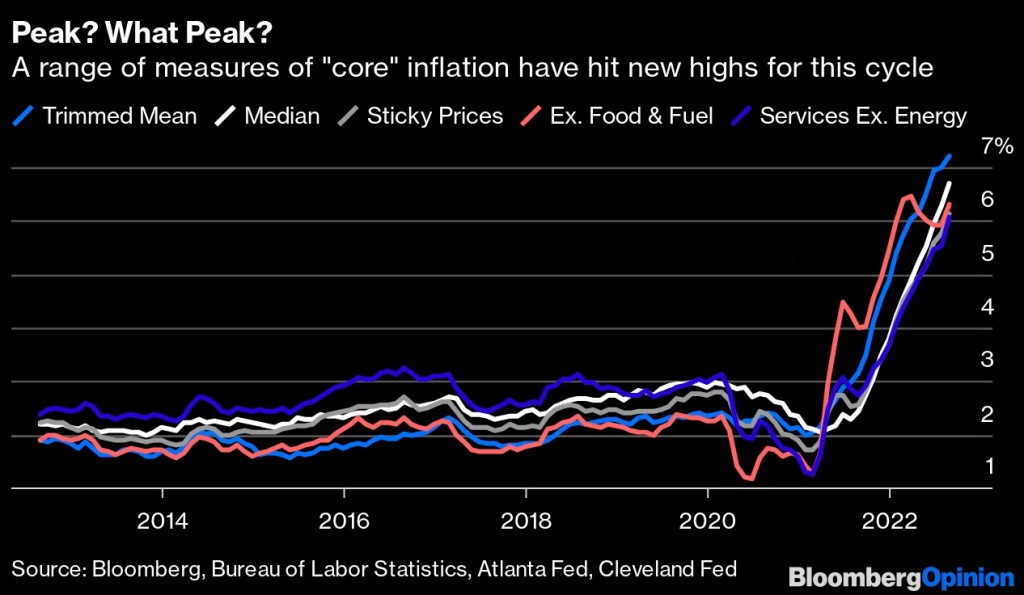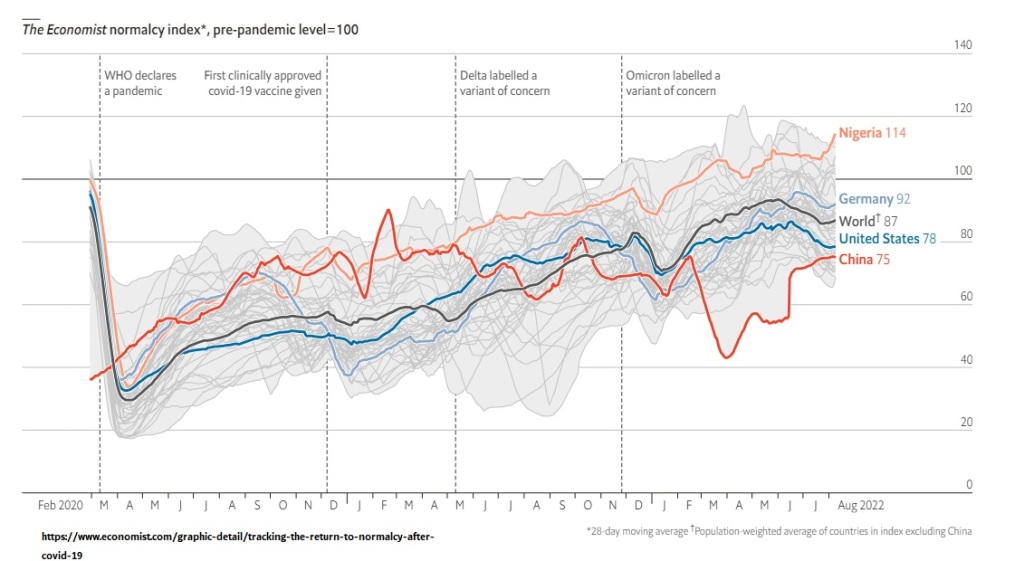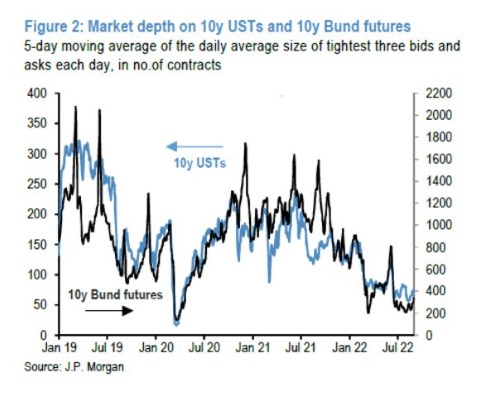 Lit primary activity settled at 30% of average daily principal in Europe in both May and June for the first time, Liquidnet’s latest liquidity landscape report has found, highlighting a need to source liquidity from outside of intraday continuous trading.
Lit primary activity settled at 30% of average daily principal in Europe in both May and June for the first time, Liquidnet’s latest liquidity landscape report has found, highlighting a need to source liquidity from outside of intraday continuous trading.
“As liquidity shifts away from the continuous sessions, transacting in block and in size can help mitigate market impact and avoid potential volatility in the lit sessions,” said Liquidnet.
Lit volumes saw record lows in Q2, accounting for 41% of overall activity in June – in stark contrast to the 50-60% average between 2018 and 2021, whilst dark activity also declined in Q2, falling from $4.6 billion in Q1 to $3.83 billion.
However, overall the dark level was comparatively high compared to results from the past three years, which have ranged from 9-11%. The activity peaked at 11% in April, whilst the large-in-scale segment peaked in June at 39% of the dark market.
According to Liquidnet, dark volumes are set to remain static, due to the ability to execute in thin liquidity, rather than the price improvement in the dark.
Block trading has been a principal consideration during the regulatory debate in Europe and the UK post-Brexit. For blocks in European SMEs, investment has been limited thus far – in part due to a lack of research – exacerbated to a degree by unbundling rules brought in under Mifid II.
Speaking in April, Charles-Henri Berbain, managing director at TP ICAP Midcap, said: “The lack of research limits investment in SMEs but for many asset managers it is first of all the lack of secondary market liquidity that is the real problem. There is a need to improve secondary market liquidity as a means of boosting investment in SMEs.”
The report emphasised how long timeframes and price sensitivity contribute to the difficulties when executing a small-cap on the lit market, with one medium-sized UK asset manager asserting that daily liquidity is simply not suitable.
The report also highlighted how trading volumes on both the dark and lit markets are becoming more and more reactionary to geopolitical issues, with central banks recently having warned of an increase in monetary tightening in the face of global instability as the threat of recession continues to loom.
However, “interest in ChatGPT and AI drove significant capital flows into the technology and semiconductor sectors, providing some respite for investors,” said Liquidnet.
Going forward, the report confirmed that proactive manufacture of liquidity is set to grow in importance and added that in the face of increasingly challenging markets, the technological advancements must focus on tools that help traders generate liquidity – not just access it.
Closing auction activity saw a notable increase in the quarter, reaching 28% of overall lit activity in May, and 30% in June. The shift in volume towards the close comes as activity in the continuous session fell: “Liquidity in continuous markets remained light, continuing to challenge participants’ ability to execute in volatile markets.”
Periodic auctions maintained a 6% lit market share over the three months, and it remains to be seen if there will come a continued acceleration in auction activity, said the report, which warned: “If they underweight the auction, market participants risk missing out on such an important segment of price discovery.”
Additionally, the continuation of this trend and volumes continuing to shift towards auctions, and away from the continuous sessions, could result in an increased benefit of transacting in the large-in-scale market, claimed the report.
Elsewhere, Liquidnet reported that large caps stocks continued to dominate SI activity, with small and medium enterprise activity in the space “significantly and consistently” lower than mid- and large- cap names.
In June, SIs represented: 16% of total small cap activity, 23% among mid-caps, 26% among large cap.
These percentages underscored challenges faced by traders in sourcing liquidity in already difficult to trade SME names.
Overall, SI volumes rose in this quarter to higher than the average over the past few years, reaching an average of around 24% of overall activity. In June it reached 25%, the highest since early 2019.
“In terms of total principal, SI activity in the second quarter remained in line with previous second quarters, indicating it is capturing market share at the expense of other segments like the lit continuous sessions,” said Liquidnet.
The post European lit primary activity drops to record low in May and June, Liquidnet report finds appeared first on The TRADE.










